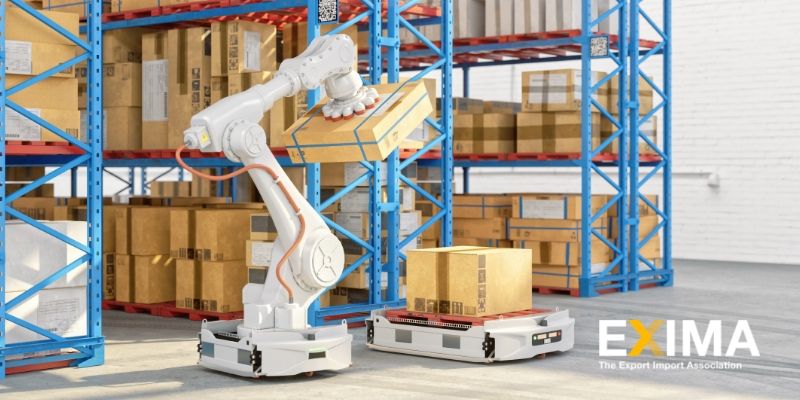The outbreak of Covid-19 sent shockwaves across the globe in 2020, disrupting well-established global supply networks. Suppliers, distributors, manufacturers, and retailers felt the impact likewise as the movement of raw material, goods, and services were halted due to widespread restrictions and lockdowns. During this period, the focus also shifted on making the supply chain more resilient and less vulnerable to global disruptions and challenges.
What Changes Did the Pandemic Bring About in the Supply Chain?
As the market dynamics witnessed a dramatic change, new supply chain technologies also emerged as a silver lining. The traditional supply chain model moved towards digitization and complete inter-connectivity for greater visibility, collaboration, agility, and optimization. By leveraging advanced technologies such as machine learning, the Internet of Things (IoT), artificial intelligence (AI), robotics, and 5G, digital supply networks are now designed to anticipate and meet future challenges and better respond to sudden shocks and spikes in demand, bankruptcy, and anything else that’s unexpected.
From procurement and manufacturing to inventory management, warehousing, logistics, and customer service, the reliance on machine learning is fast increasing across every component of the digital supply network.
How Did Machine Learning Benefit?
The immediate benefits of integrating machine learning that are well known include data augmentation, incremental and reinforcement learning, computer vision, etc. In the supply chain operations, these are visible via reduced operational overhead, risk mitigation, and lower logistics costs, along with speedy deliveries and improved customer service.
During the early stages of production, computer vision can help resolve the quality issue by predicting the finished product. It thus becomes easier for companies to make the necessary changes to bring the quality of a product to the required level. Inventory management can be a costly proposition, but thanks to machine learning, storage and maintenance of goods have become highly efficient. By predicting the demand precisely, the stocking of goods has also become equally accurate, resulting in improved cash flow and profits.

What Are Other Benefits That Technology Has Made Possible?
Machine learning has also helped in the complete automation and modernization of warehouses by building scalable logistics platforms. Computer vision technique is quickly taking over the process of detecting arriving packages, scanning barcodes, labeling packages, and changing the delivery statuses of the boxes. The modernized and scalable logistics platform has significantly improved the efficiency of warehouses and reduced operational overhead and warehouse downtime. Logistics and transportation, too, have undergone a complete transformation.
What Does the Future Hold?
With machine learning, it’s now easier to keep track of a package. The real-time route optimization gives recommendations on reducing the delivery time. Real-time information on the package and its accurate and timely delivery is thus resulting in better customer service.
Based on real-time data, machine learning techniques can also predict maintenance dates of the equipment involved in the supply chain. Prior information helps companies better manage their assets and ensure an uninterrupted supply chain. By improving asset maintenance, supply chain professionals can significantly decrease maintenance costs.
All in all, machine learning has strengthened the entire supply chain network and has made it work even more efficiently in a challenging global environment than ever before.
Learn More with EXIMA
Found this article helpful? Check out the rest of our Media Page for more!









